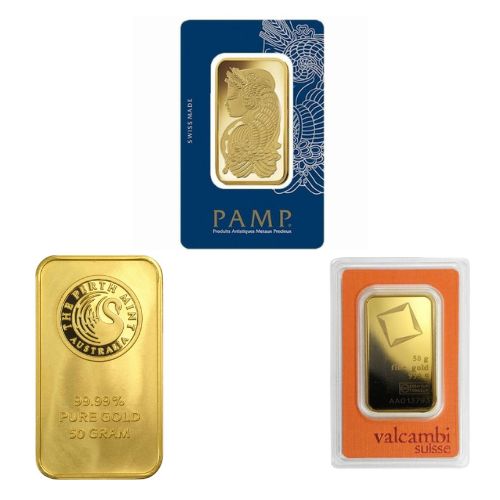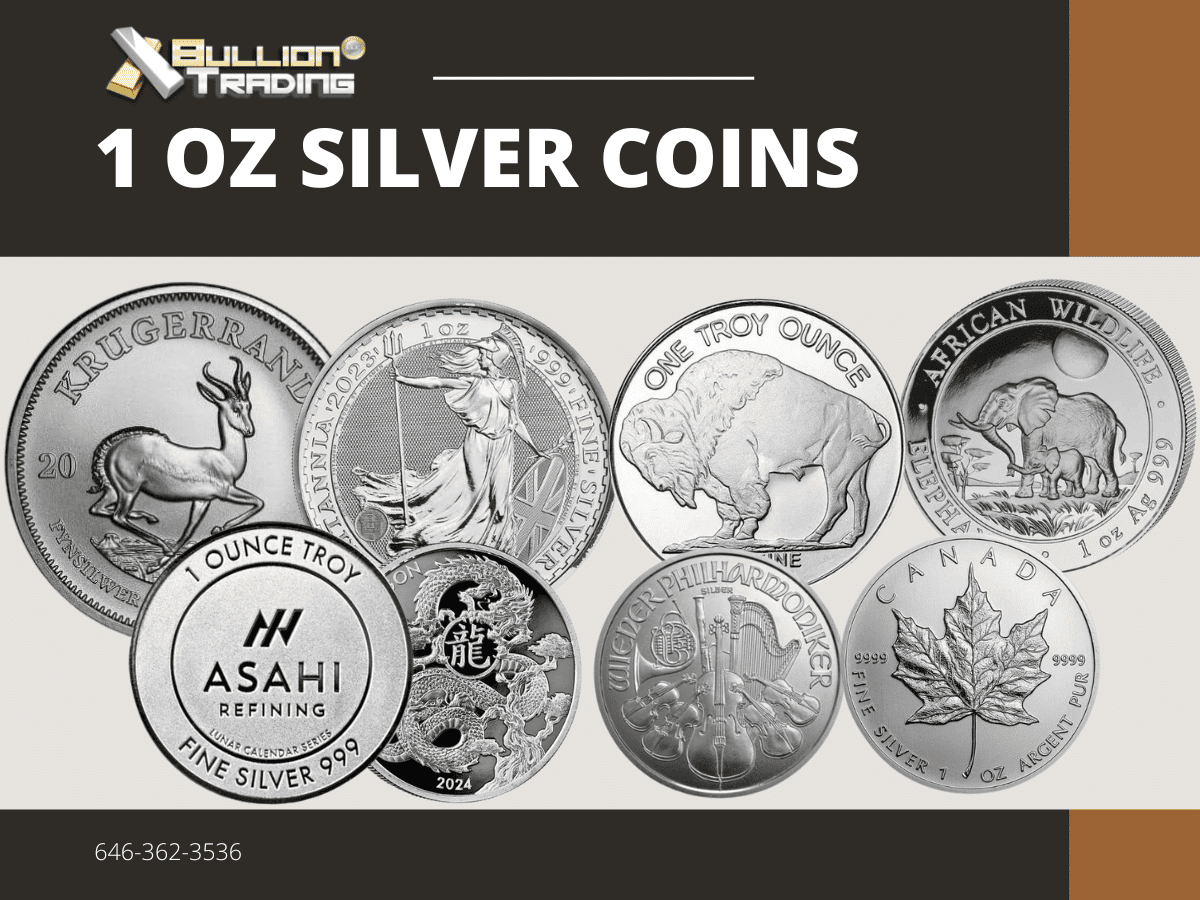.
Apart from signals we get from market indications, one would also succeed to consider a number of recent occasions and their likely effect on gold prices down the road.
Regardless of the truth that gold basics are still not unequivocally bullish, there are signs that financiers are significantly responsive to the idea of purchasing some gold for insurance coverage functions.
Here is god article about where do things stand in gold market today? , if you wanted to read the initial post you can discover the link at the end of this post.
As long time readers know, over the past year or two, we have actually typically mentioned that the macroeconomic motorists of the gold rate were not precisely bullishly lined up yet, but appeared to be on the cusp of arriving.
A Recurring Pattern
A number of observers were worried about the Economist penning a couple of positive words about gold, as Economist endorsements of market trends are generally the kiss of death for the pattern in concern. As to why the Economist would unexpectedly endorse the safe sanctuary qualities of gold, we have no concept.
When the gold cost recently surged up to approach the resistance location even Aunt Hilda, Freddy the town intoxicated, and his blind pet dog learn about by now, a recurring pattern played out. The move toward resistance fanned excitement among gold bugs (which was notably lacking formerly). This showed right away self-defeating – costs drew back right now, as they have done practically every time when the smallest bit of enthusiasm emerged in the sector over the last few years.
There is a well-known resistance location in gold priced in USD between roughly $1,360 and $1,380. It has actually ended up being the proverbial viewed pot.
The Fundamental Backdrop
We have actually not discussed cash supply growth yet, which stays rather weak. This is superficially bearish for gold, however considering that a scarcity of excess liquidity is primarily unsafe for “threat assets” and financial activity, gold market individuals might really consider this to represent a bullish information at present.
The top half shows United States high yield and BBB (most affordable financial investment grade section) spreads. After catching authority in Q4, they have tightened again and are now back at the former resistance location. It stays to be seen whether it will now function as support. At the bottom on the left is a chart showing the gold price vs. the inverted 5-year TIPS yield. Gold has led TIPS yields this time, which have actually recently aligned with it. POINTERS yields are for that reason confirming the current gold rally. On the best hand side, we show the 10 minus 2-year Treasury yield spread as a proxy for the steepness of the yield curve. Parts of the yield curve have in truth inverted just recently, but not this particular one. A flattening yield curve is usually unfavorable for gold rates, once the flattening trend stops, a reversal to steepening typically follows – and that will be supportive.
To the right we reveal a really long-lasting chart of the BLS money commodities index, which illustrates that the long-lasting uptrend in product rates stays really undamaged so far. In the bottom half, we reveal the SPX, which has actually recuperated wisely (clearly, the tentative wave count we presented early this year did not pan out as advertised) and the BKX-SPX ratio, which serves as a proxy for market perceptions about the strength of the banking system (hat tip to Steve Saville for including this sign to the gold macro fundamentals toolbox).
As very long time readers know, over the previous year or two, we have actually often explained that the macroeconomic chauffeurs of the gold cost were not exactly bullishly aligned yet, but appeared to be on the cusp of arriving. In Q4 of 2018, dramatically increasing credit spreads and falling stock costs finally appeared to tilt the fundamental background plainly towards gold-bullish territory.
It is typically much simpler to be long-term bullish on gold than holding a firm opinion on its short-term potential customers. Plainly, the post QE financial landscape is a mishap waiting to occur in view of the huge debt build-up and the capital malinvestment induced by rates of interest suppression and cash printing. The timing is what stays open to concern, but the warning shots are ending up being more frequent.
There is a vibrant dispute underway between gold aficionados with respect to the outlook for gold in coming months, and numerous well-informed observers are skeptical in view of the current combined bag of basics. There are really a couple of signs pointing to the possibility that gold could rally in advance of the basic backdrop turning unequivocally bullish.
Since the turn of the year, the photo has actually become rather muddied once again, as credit spreads have actually tightened and stocks have actually rallied. The yield curve never ever navigated to steepening, so there was no assistance from that front at any point. On the other hand, the trend in TIPS yields has ended up being helpful once again. The US dollar and products are not truly going anywhere (yet), so their result on gold is mainly neutral. Bank stocks have actually been weak relative to the broad market since early 2018, but are just recently recuperating.
Below are several charts illustrating the situation. We would analyze it as overall neutral for gold rates, but keeping a minor bullish bias (rather than the slight bearish predisposition that prevailed for most of in 2015 prior to the 4th quarter).
Signs of Strength
For something, as Keith Weiner regularly explains, in recent months his basic gold rate indication (which is inter alia originated from the spread in between gold futures and spot prices) reveals that there is consistent purchasing of physical gold in the market. We presume that reservation need is rather strong also – after all, why would holders of bullion sell? The need for having some insurance coverage against potential economic and monetary chaos appears crystal clear. The exact same chooses the need to protect ones wealth versus progressively rapacious and intrusive governments.
Readers may remember that we discussed our “Canary in the Gold Mine” again last October, when the JSE Gold Index broke above two resistance levels in a row and started to advance in quite spirited style (here is what the chart looked like at the time). We are delighted to report that this breakout turned out to be the genuine McCoy. Here is what the chart looks like now – the index has in the meantime broken above additional resistance levels in what is clearly an impulsive rally:
JSE Gold Index: we have circled around the breakout we went over in October in red. It was followed by a book retest, and then it was off to the races for excellent.
Apart from signals we receive from market signs, one would also do well to ponder a variety of recent events and their most likely effect on gold costs down the roadway. In this context, one also requires to bear in mind that gold costs will probably lead future essential advancements.
Because South African gold stocks tend to lead United States gold stocks near major turning points (see also the original “Canary in the Gold Mine” post from early 2016), we consider this to be a potentially rather considerable advancement.
Simmering Trouble
Gold is traditionally a major beneficiary of collapsing faith in the monetary authority and we do not believe that has altered. The Feds reliability should therefore certainly be of issue to anybody thinking about the gold market.
This brings us a few other current events that are giving us time out (surprisingly, we have so far not seen them talked about elsewhere in the context of gold). As Mish reported, a study by the US Department of Commerce has actually concerned the unusual conclusion that European car imports do indeed pose a “threat to US nationwide security”.
Hedgeye cartoonist B. Rich rapidly responded: Jerome Powell as Peter Pan, chained to the S&P 500 and lastly in his brand-new role as the Dovefather.
Western main lenders should have known – all they needed to do was take a look at Japan. Japan isnt on another world. In Japan, they now have QE and ZIRP forever and ever, a frightening and inexorably increasing pile of public debt, while economic growth is progressively vanishing into the realm of misconception and legend and large swathes of the population appear to be suffering from anxiety. Why this didnt set alarm bells calling is a total secret to us. Our guess is that it was a case of incredibly misguided central organizer hubris.
For one thing, the Federal Reserves abrupt about-face concerning its policy predisposition might well end up damaging its much-vaunted “reliability”, despite the truth that it was welcomed with terrific interest by market participants. If Fed members are gradually recognizing that the central bank is boxed in, it certainly feels as. It appears “QE” belongs to the Hotel California: you can sign in, however you can never leave.
One day previously, Vice President Mike Pence participated in the Munich security conference. After using greetings from President Trump, he awaited applause – and got a rather uncomfortable moment of silence instead:
Mike Pence gets the silent treatment in Munich
Not just that, however his efforts to put pressure on the EU with regard to the Iran offer were less than successful (as an aside to this, we are normally on board with many of Donald Trumps diplomacy efforts and are frequently dissatisfied when they are warded off, however we believe dumping the nuclear treaty with Iran was an error). Along similar lines, his attempt to persuade Germany to desert Nord Stream 2 – after which the US is presumably going to sell LNG to the Germans at roughly two times the cost Russia is charging – were not exactly welcome either (see once again Mish for additional color).
Gold financiers must keep a close eye on these developments, especially if they wind up impacting cooperation between central banks. We say this since Mr. Trumps trade policies can not be divorced from currency policy. A weakening US dollar became a major bone of contention in both the 1970s and 1980s and this could ultimately happen once again.
With the EU progressively coming under strain – it is losing its third biggest net payer now that the UK is leaving – the fact that it is a significant recipient of what is referred to as the Pax Americana is coming into stark relief. European people with assets to safeguard are certainly considering a possibly damaging security umbrella with issue. While the allies are most likely to fix their differences eventually, things could quickly get even worse prior to they improve.
Normally, we disregard geopolitical advancements in the context of gold analysis. Empirical evidence suggests that gold price spikes set off by geopolitical events are inevitably provided back, i.e., they normally represent short-term selling chances.
That there is a rift in between the Trump administration and the EU has been apparent for quite some time, however lately it seems to be growing. Clearly, the rhetoric is ending up being more adversarial, as inter alia evidenced by Ms. Merkels speech at the conference. Since the political establishment of the EU is increasingly under hazard from its own dissatisfied voters, we would not expect it to back down when it is challenged with outside pressure.
Transatlantic dissension in specific tends to create a bullish background for gold. When the Bretton-Woods agreement fell apart, this was for example the case in the late 1960s and early 1970s. It was once again a consider driving gold prices higher in 1987, when the United States administration clashed with Germany over the Bundesbanks tight financial policy.
Conclusion
The stopping advance in gold stocks struck us as a symptom of this extensive skepticism (which the current pullback has actually probably revived). A friend recently described the sector as “boring” to us – which actually explains it well. Certainly, there are exceptions, such as the stocks driving the rally on the JSE and certain specific stocks like Kirkland Lake (NYSE: KL), however overall, the sector is not really doing much considering its traditionally high beta.
Stay tuned.
Despite the fact that gold fundamentals are still not unequivocally bullish, there are indications that financiers are increasingly responsive to the idea of purchasing some gold for insurance coverage functions.
There is a dynamic dispute underway in between gold fanatics with regard to the outlook for gold in coming months, and numerous knowledgeable observers are skeptical in view of the recent combined bag of fundamentals. For one thing, as Keith Weiner regularly points out, in current months his basic gold cost sign (which is inter alia derived from the spread between gold futures and spot costs) reveals that there is relentless buying of physical gold in the market. Readers may remember that we wrote about our “Canary in the Gold Mine” again last October, when the JSE Gold Index broke above two resistance levels in a row and started to advance in rather spirited style (here is what the chart looked like at the time). It was when again an element in driving gold costs higher in 1987, when the US administration clashed with Germany over the Bundesbanks tight financial policy.
Despite the fact that gold basics are still not unequivocally bullish, there are indications that investors are increasingly responsive to the concept of buying some gold for insurance coverage purposes. There also appears to be growing interest in the battered gold mining sector from value financiers.
When gold approached lateral resistance at $1,360, we pointed out above that some short-term enjoyment was stirred up. It is hard to argue that sentiment ever came close to anything similar to foaming-at-the-mouth bullishness at any time during the advance. On the contrary, prior to the move from around $1,300 to $1,350, it felt to us as though the gold rally was widely dismissed as an unsustainable counter-trend relocation.
Well, you understand what they state about dull markets.
We found this article at https://seekingalpha.com/article/4246013-gold-debate-things-stand-gold-market By: and thought it would be beneficial to our followers.
An investor who purchased his portfolio hedge in good time.
The HUI-gold ratio is gradually trending up in “two advances, one step back” style since establishing a low in early September 2018.





